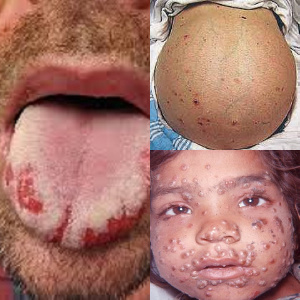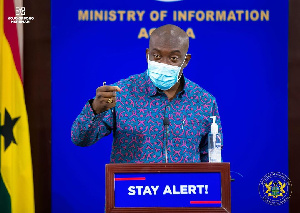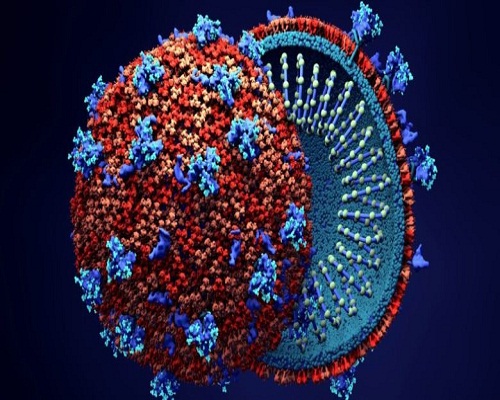WARNING: 3 Sexually Transmitted Diseases that are more dangerous than HIV/AIDS


Sexually transmitted diseases (STDs) or sexually transmitted infections (STIs) are diseases that many people are aware of but are not fully aware of the repercussions or how badly they will affect their lives.
These infections are generally acquired through sexual contact.
According to mayoclinic.com, the bacteria, viruses or parasites that cause sexually transmitted diseases can pass from person to person through blood, semen, or vaginal and other bodily fluids.
Periodically these infections can be transferred nonsexually, such as from mothers to their infants during pregnancy or childbirth, or through blood transfusions or shared needles.
STIs don’t always generate symptoms and can be contracted through sexually transmitted infections from people who seem perfectly healthy and may not even know they have an infection.
STDs can be divided into two general categories, those that can be cured and those that currently cannot.
Syphilis, chancroid, gonorrhoea, chlamydial infection, and trichomoniasis [trik”o-mo-ní-ah-sis] are the most common curable STDs seen by (Family Planning and Maternal and Child Health) (FP/MCH) providers.
The most dangerous viral STD is the human immunodeficiency virus (HIV), which leads to AIDS. Other incurable viral STDs include human papillomavirus (HPV), hepatitis B and genital herpes.
In this presentation, genital herpes will be referred to as herpes. While viral STDs cannot currently be cured, treatment can relieve some of their symptoms and reduce the severity of some of their consequences.
Human Papilloma Virus (HPV)
Mayoclinic.com has reported HPV as an infection that causes warts in various parts of the body, depending on the strain.
Human papillomavirus (HPV) is the most common sexually transmitted infection (STI).
Many people with HPV don’t develop any symptoms but can still infect others through sexual contact. Symptoms may include warts on the genitals or surrounding skin.
There’s no cure for the virus and warts may go away on their own. Treatment focuses on removing the warts. A vaccine that prevents the HPV strains most likely to cause genital warts and cervical cancer is recommended for boys and girls.

Hepatitis B
A serious liver infection caused by the hepatitis B virus that’s easily preventable by a vaccine. This disease is most commonly spread by exposure to infected bodily fluids.
Symptoms are variable and include yellowing of the eyes, abdominal pain and dark urine. Some people, particularly children, don’t experience any symptoms. In chronic cases, liver failure, cancer or scarring can occur.
The condition often clears up on its own. Chronic cases require medication and possibly a liver transplant.

Genital Herpes
A common Sexually Transmitted Infection (STI) is marked by genital pain and sores caused by the Herpes Simplex Virus that affects both men and women.
You will know you have been infected when you go through pain, itching and have small sores appear first around your private areas or some parts of the body.
The infection form ulcers and scabs. After initial infection, genital herpes lies dormant in the body. Symptoms can recur for years. Medication can be used to manage outbreaks.

Source: Thepressradio.com





